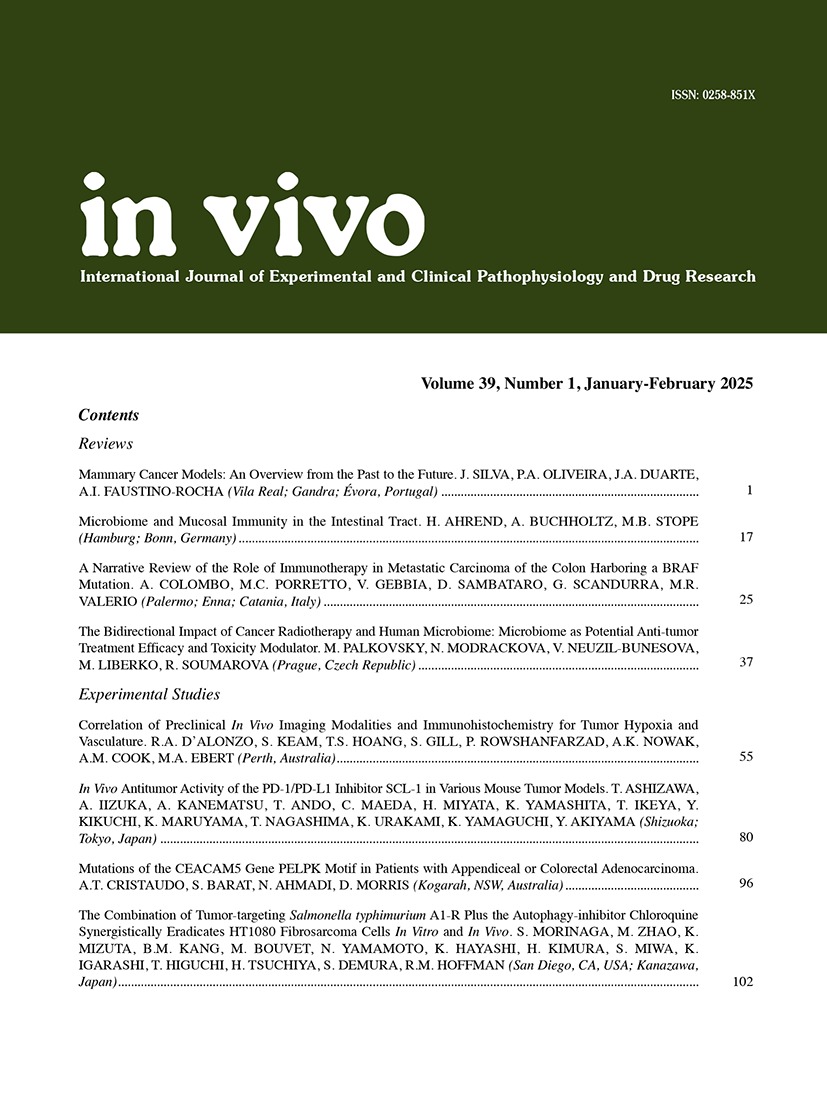Rheumatoid arthritis (RA) is more than just joint pain—it’s a long-term inflammatory condition that can significantly impact your daily life. Recently, scientists conducted a pivotal study at China Medical University Hospital that discovered new and exciting ways to help people with RA feel better. They found that a simple vitamin called folic acid might reduce pain and improve mobility. Let’s dive into this promising development together!
What is Rheumatoid Arthritis and Why Does it Hurt?
Rheumatoid arthritis is an autoimmune disease where the body’s immune system mistakenly attacks its own tissues, primarily targeting the joints. This leads to painful swelling, stiffness, and can cause joints to become deformed over time. RA can affect anyone, regardless of age or gender, but it is more common in women.
Living with RA means dealing with constant joint pain and feeling very tired. These challenges can make everyday activities like writing, walking, or playing difficult. The ongoing pain and fatigue can also impact your emotional well-being, leading to feelings of sadness or frustration. While doctors typically use medications to manage pain and slow the disease’s progression, researchers are always seeking more effective and holistic solutions.
A Big Study Finds Something New: Linking Folic Acid to RA Management
A team of dedicated scientists at China Medical University Hospital conducted a significant study to better understand RA. Their goal was to explore whether folic acid, a type of vitamin, could help people with RA experience less pain and move more easily. Think of this study as a treasure map revealing new ways to combat RA.
Key Findings of the Study
- Genetic Insights: The scientists examined specific parts of our DNA known as genes, focusing on the MTHFR gene, particularly the rs1801133 and rs1801131 polymorphisms. They discovered that individuals with the TT genotype at MTHFR rs1801133 have a higher risk of developing joint deformities, including those related to RA.
- Folic Acid Metabolism: The MTHFR enzyme plays a crucial role in converting folic acid into its active form. This active form helps reduce homocysteine levels in the blood. High levels of homocysteine are linked to increased inflammation, a key factor in RA progression.
- Therapeutic Potential: The study suggests that taking folic acid supplements could lower homocysteine levels, thereby reducing inflammation and slowing the progression of RA. This positions folic acid as a promising additional therapy in RA treatment plans.
Latest Joint Pain Management Trends 2025 According to the Study
The insights from this study are paving the way for several new trends in arthritis treatment for 2025 and beyond. These trends emphasize a more personalized and integrative approach to managing RA, combining traditional medical treatments with nutritional and genetic strategies.
Personalized Medicine
One of the most exciting trends is the move towards personalized medicine. By understanding a patient’s genetic makeup, particularly their MTHFR genotype, healthcare providers can tailor treatment plans that include targeted folic acid supplementation. This personalized approach ensures that each patient receives the most effective therapy based on their unique genetic profile.
Nutritional Integration
Integrating nutrition into RA management is gaining momentum. Folic acid, being a simple yet powerful nutrient, is now being recognized for its potential to complement existing RA treatments. Alongside folic acid, other vitamins and minerals are being explored for their roles in reducing inflammation and supporting joint health.
Holistic Treatment Plans
Holistic approaches that address both the physical and emotional aspects of RA are becoming more common. Combining folic acid supplementation with physical therapy, mental health support, and lifestyle changes offers a comprehensive strategy to improve the quality of life for RA patients.
Innovative Supplementation Methods
Advancements in supplementation methods are also part of the new trends. Researchers are developing more effective ways to deliver folic acid to the body, ensuring better absorption and efficacy. These innovations could enhance the benefits of folic acid in managing RA symptoms.
Practical Steps to Incorporate Folic Acid into Your RA Management
If you’re living with rheumatoid arthritis, incorporating folic acid into your treatment plan might offer additional relief and support. Here’s how you can approach this:
Talk to Your Doctor
Before starting anything new, it’s important to talk to a doctor. They can check if you need more folic acid and determine the right amount for you.

Dietary Sources of Folic Acid
You can boost your folate intake through a balanced diet rich in:
- Leafy Greens: Spinach, kale, and broccoli are excellent sources.
- Legumes: Beans, lentils, and chickpeas provide significant amounts of folate.
- Fortified Foods: Many cereals and grains are fortified with folic acid.
Take Folic Acid Supplements
Sometimes, getting enough folic acid from food alone isn’t enough. Supplements can help you reach the right levels. Your doctor can help you choose the best one for your needs.
Monitor Your Health
Regular check-ups and blood tests can help monitor your homocysteine and folate levels. This ensures that your supplementation is effective and adjusted as needed.
Looking Ahead: The Future of RA Treatment
The integration of folic acid into rheumatoid arthritis treatment represents just one of the exciting developments in joint pain management trends for 2025. As research continues to unveil the intricate connections between genetics, nutrition, and inflammation, we can anticipate more personalized and effective treatment strategies.
With advancements in genetic testing, treatments can be customized to fit each person’s unique genetic profile. Understanding your MTHFR genotype, for instance, can inform not just RA treatment but also strategies for managing other conditions linked to folate metabolism.
Beyond folic acid, a holistic approach to RA management—encompassing diet, lifestyle changes, and mental health support—will likely become more prominent. This comprehensive strategy aims to address the multifaceted nature of RA, promoting overall well-being alongside symptom management.
Emerging therapies, including biologics and targeted drugs, are set to revolutionize RA treatment. When combined with nutritional interventions like folic acid supplementation, these therapies could offer unprecedented relief and an improved quality of life for RA patients.
Wrapping It Up
Rheumatoid arthritis can be tough, but new research is showing us new ways to fight it. Folic acid, a simple vitamin, might help reduce pain and make moving easier for people with RA. By understanding how our genes and nutrition work together, we can find better ways to manage RA and improve lives.
As we move forward into 2025, these new ideas in joint pain management are giving hope to many. Remember to talk to your doctor, eat healthy foods, and take care of yourself. With these new tools, we can work together to make RA less of a challenge and more manageable.
Are you struggling with joint pain or rheumatoid arthritis? Discover more insights and effective strategies at EndingJointPain.com. Let’s end joint pain together!
Sources:


